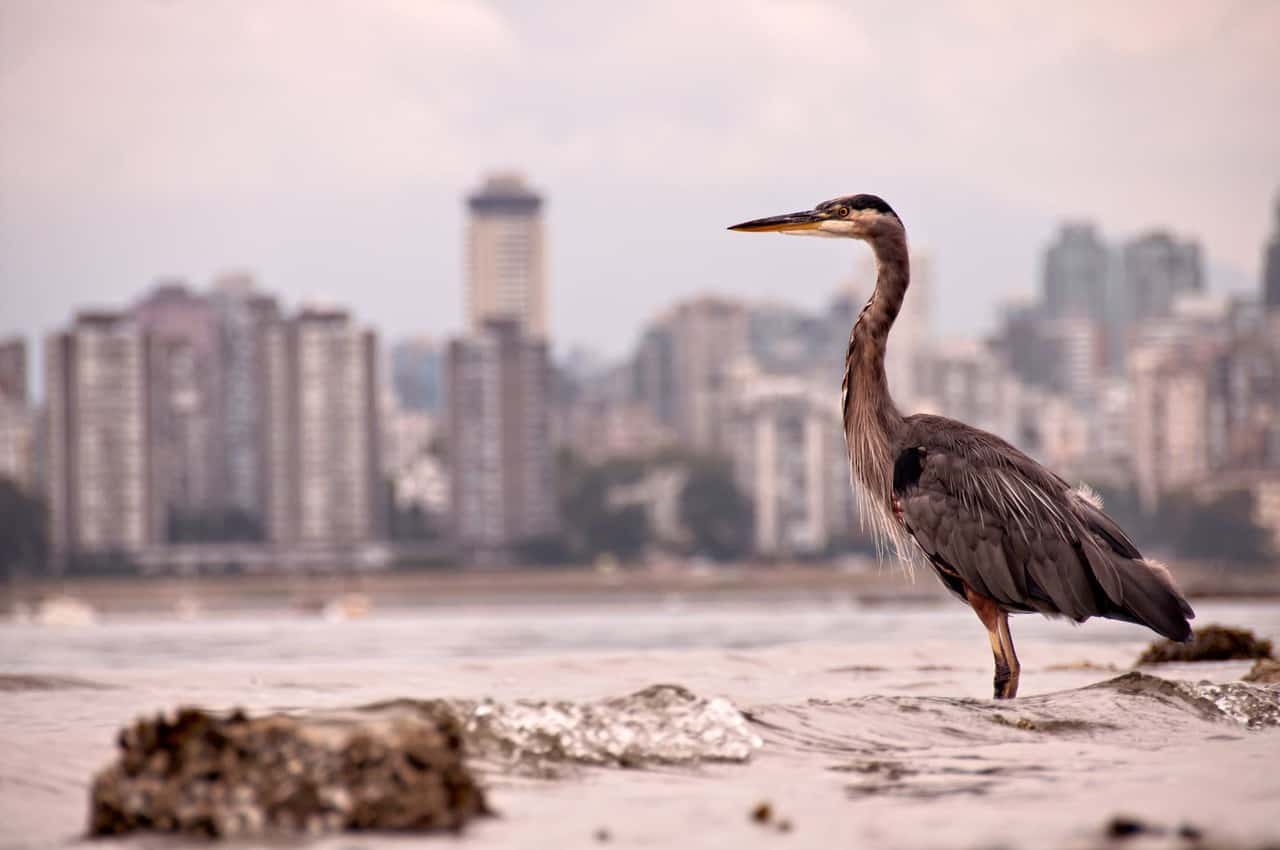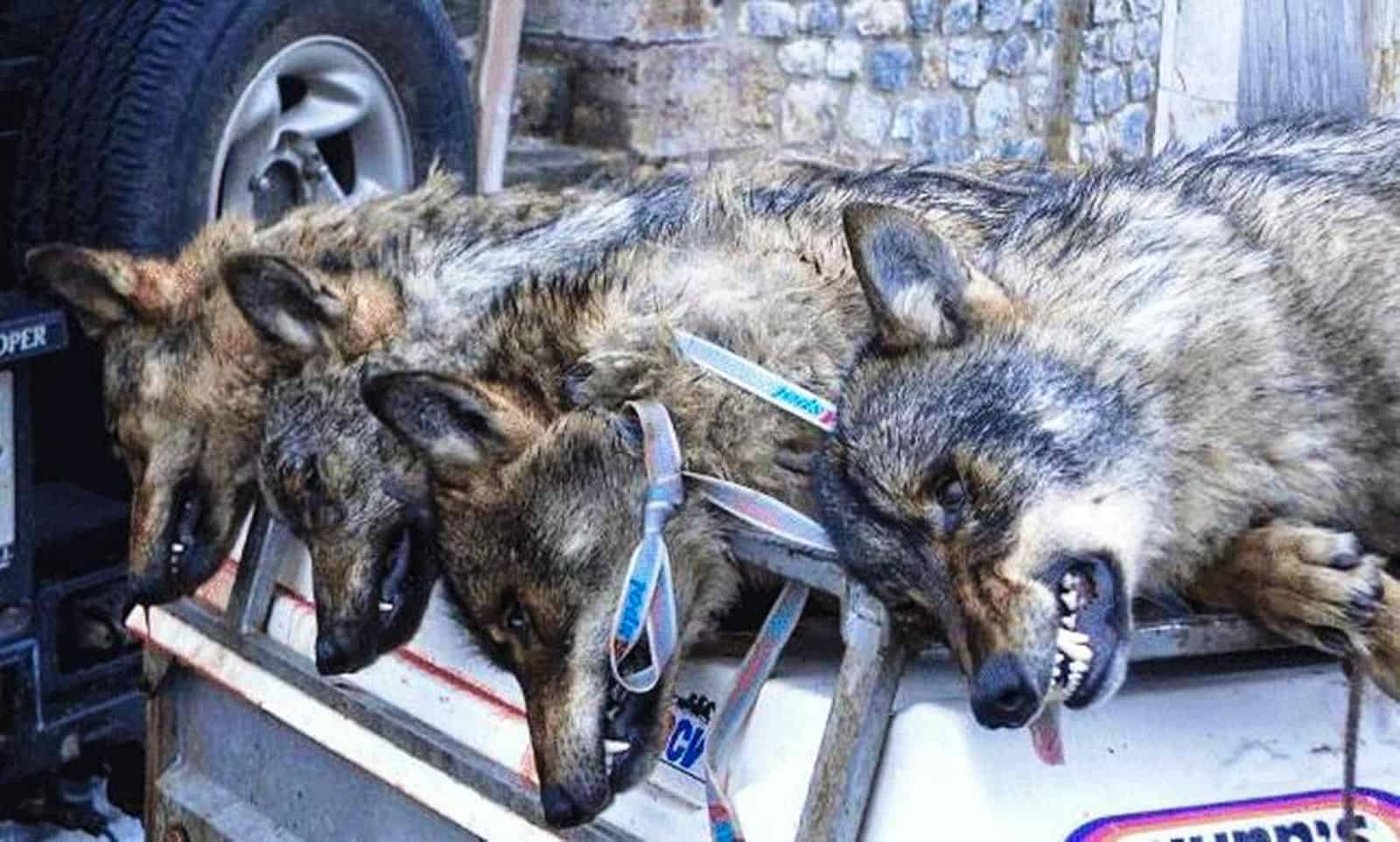Our night sheds a bad light on wildlife
There has been evidence in the past that artificial night lights strongly affects animals. Artificial light disrupts the behaviour of insects, reptiles, amphibians, birds and mammals, their biorhythms, communication, feeding and reproductive habits, and also affects plant reproduction due to altered pollination habits. Its impact on humans is also wide-ranging. Less than 100 years ago on a clear night, people could look up and see a spectacular night sky fully of stars. Now, most of people living in the Earth’s most populated corners will never see the Milky Way where they live. The increased use of artificial night light is robbing us from viewing the universe in its fullest. Moreover, it is adversely affecting the nature around us, our energy consumption and health.
What is light pollution?
All light from an artificial source that does not exclusively illuminate the target area, thereby obscuring the natural light sources in the sky and / or adversely affecting the environment, humans and wildlife, is polluting. In contrast to air pollution or water pollution, the concept and harmful effects of light pollution are less present in the public consciousness. Perhaps because illuminated public spaces, illuminated advertisements have become an essential accessory of the advanced, urban way of life. We are used to sleeping in darkened rooms with closed shutters. Many of us don’t even think about how light pollution affects our own lives, how it damages our environment. We care even less about the fact that, of the polluting activities of humanity, light pollution is one of the simplest to reduce.
Goodbye darkness my old friend
Humans are able to protect themselves against light pollution in a variety of ways. However, animals are at much greater risk. Artificial lights can radically change the lives of some animals. It affects their eating habits, their communication, their migration, their orientation. Daytime predators gain an advantage as they can hunt for longer periods of time. Meanwhile rodents who prefer a nocturnal lifestyle have less time to obtain food. The eyes of reptiles living in the city are slowly accommodating to the light of street lights, thus reducing their time spent hunting. Youngsters of sea turtles that breed on the sandy shores of the Caribbean can determine the direction of the sea based on the lights when they hatch from the eggs. Thousands of turtles die every year as a result of light pollution because they set off in the wrong direction as a result of a false beacon.
The rapid spread of artificial light sources also disrupts the nightlife of insects. The evolutionary balance that has developed over millions of years, in which insects “specializing” in night and daylight have found their place, has been upset in the last hundred years. The previously usual light sources (moon, stars) have been replaced by countless “pseudo-stars”, “pseudo-moon”. Year after year, millions of insects fall in the trap if light and perish, with many insects feeding or mating time reduced. As man’s night becomes brighter and safer, entire species of insects are on the verge of extinction under the influence of artificial lights.
Nocturnal birds prefer non-illuminated habitats
Migratory birds that fly at night (too), for example, orient themselves on the basis of the stars, confuse and deflect them due to man-made light pollution, fly in the wrong direction, and find unnecessary resting areas. Recently, Hungarian scientists also published a study about the effect of the lighting of church towers, which are home to owls, on the barn owl (Tyto alba) and the tawny owl (Strix aluco). An analysis of data from 1988-2016 revealed that the number of spawning grounds is higher for both species if the church tower representing the habitat is not illuminated. Comparing the two species, researchers also found that the tawny owl, which is active at night, avoids illuminated towers more than the barn owl, which sometimes hunts during the day.
Light pollution across Europe and in Wilderness
We can also see from these few examples that the living world is endangered in a complex way by one of the most effective achievements of human civilization, artificial light. Over 85% of the EU territory is subject to some degree of artificial illumination. Legislation for public outdoor lighting in the EU differs from country to country. EU standards provide minimum levels of lighting for security, but no EU standards exist to limit lighting with maximum levels for the protection from the negative impacts of artificial light. There are some member states that have national and regional laws in place to minimise light pollution. However, bottom-up initiatives are necessary, such as some EU-funded projects to engage regional authorities in improving their regional policies for the prevention of light pollution. Unfortunately without similar actions, light pollution will remain an increasing threat on humans and our natural environment.
Moreover, we must value and preserve areas on this planet that have not yet fallen victim to light pollution, such as Wilderness. In the European Wilderness Quality Standard and Audit System, one of the criteria of Wilderness is also minimal to no light pollution. We are now adapting the indicators to measure the degree of light pollution as on of the wilderness quality criteria. As Wilderness is a pristine place where humans don’t interfere, also artificial light should not be present there.










Illuminated church towers is a terrible problem as often these churches are in very rural locations and you only need to go there on a cloudy night to see where the light is going….into the sky!the clouds above these temples of superstition are glowing.strange they do this as they are always telling us that the glory of God is within not within buildings and such like.also they tell us to give money to the poor,etc but here they are handling their money over to the power industry to destroy the night sky.maybe in countries where people have to pay a church tax, German friends tell me that they have this and the people choose if to pay it to the Protestants or Catholics,they could request that none of the money is used for exterior illumination,in other words handed over to the power industry.Another way is to turn the lights down as often they are on brackets so they point directly at the ground.churches are often wise to tampering and put them in metal boxes however these could be covered with black plastic bags.i don’t think that in most countries that the above ways of stopping the light would be illegal but breaking them with stones, shotguns, airguns and the like would be and would get a person in a lot of trouble with the police.the advantage of the first two approaches too is that the light is still on but going nowhere so the light polluting church still has to pay for the electricity!